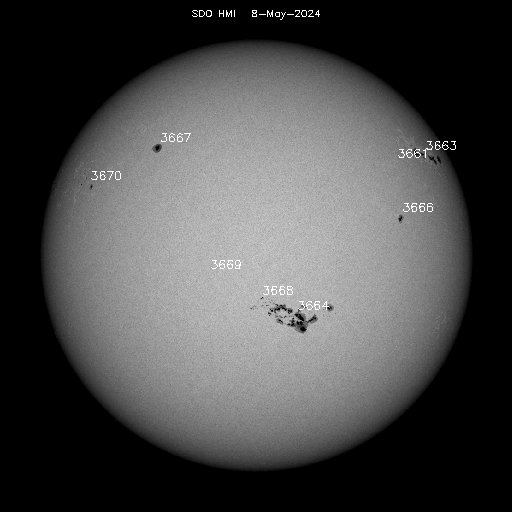The following figure shows together two observations of the comet on 2013-03-14 and 2013-03-18: 4 and 8 days after its perihelion pass. As this non-periodic comet is moving away from the Sun, in the images it can be observed that the cometary activity is being reduced. The nucleus, coma and tail glowing are fading as it can be seen in the visible and false colour images.
The third column of images show the image after application of a Larsen-Sekanina filter (Sekanina Z., Larson S. M., 1984. The Astronomical Journal 89,571.). It is a rotational gradient filter that allows to observe fine morphological structures around the comet. So, the morphological changes in the nucleus, the coma and the tail become quite evident. Although there is also a change in perspective as the coment is moving away, comparing the images it can be observed an activity reduction in the extension and density of the tail, the size of the coma and the fine jets emerging for the nucleus.
Comet Pan-STARRS (C/2011 L4) captured from Majadahonda on 2013-03-18 from Manuel Castillo Fraile on Vimeo.









